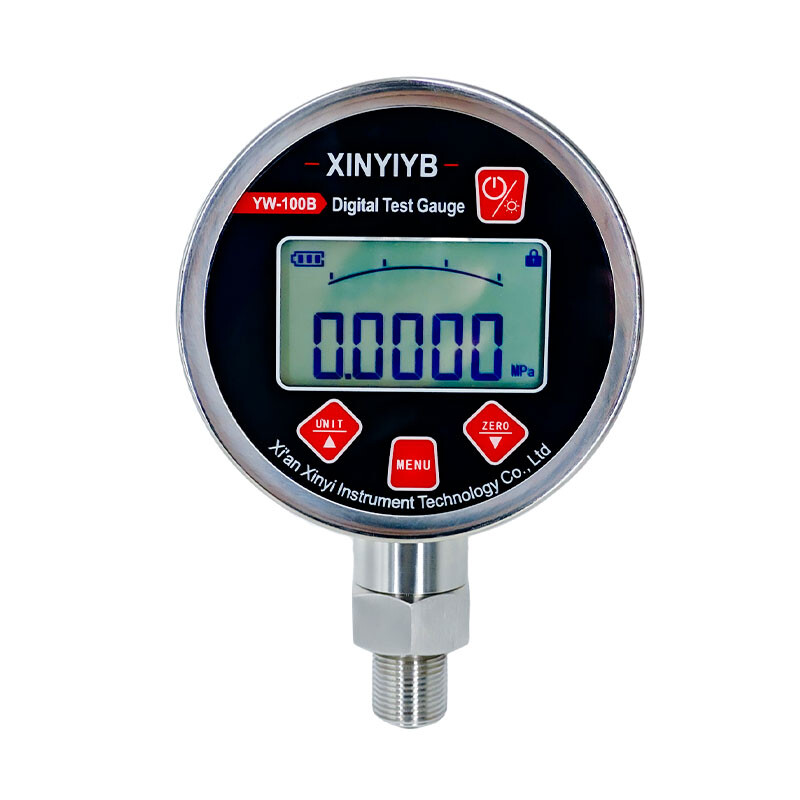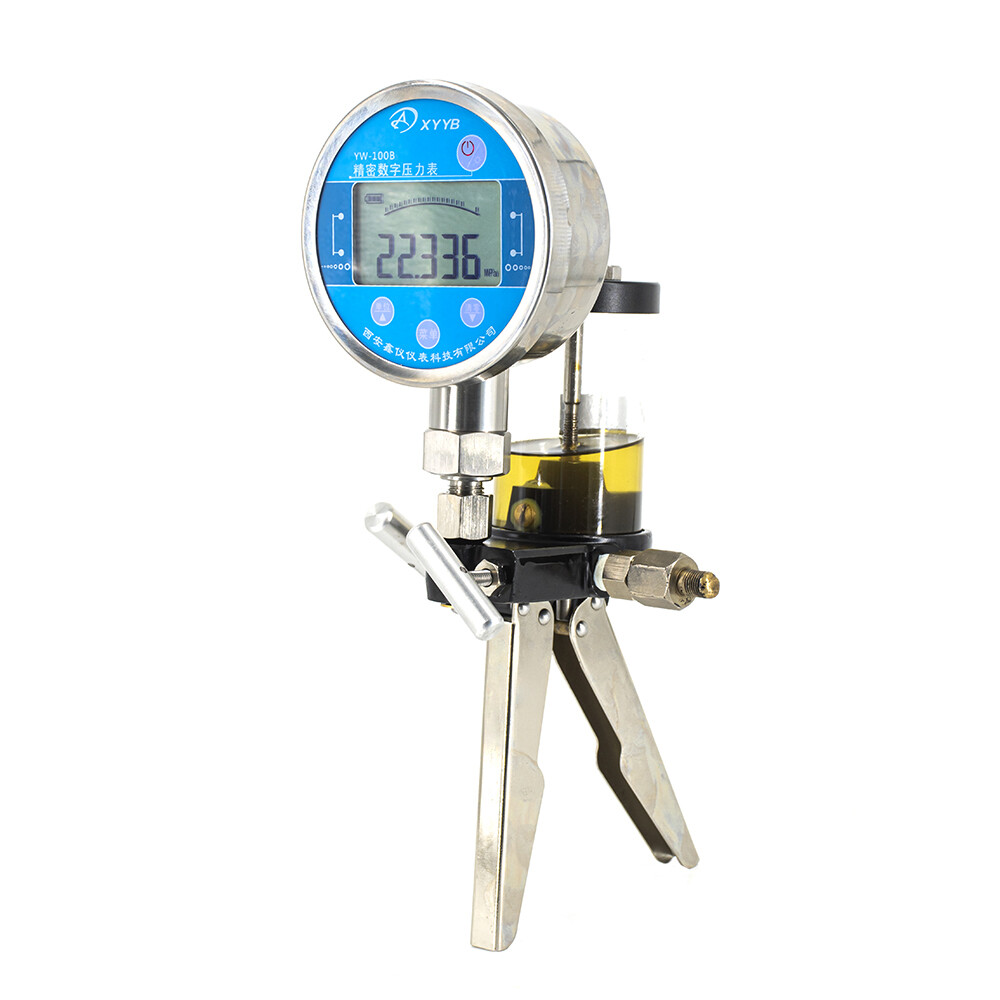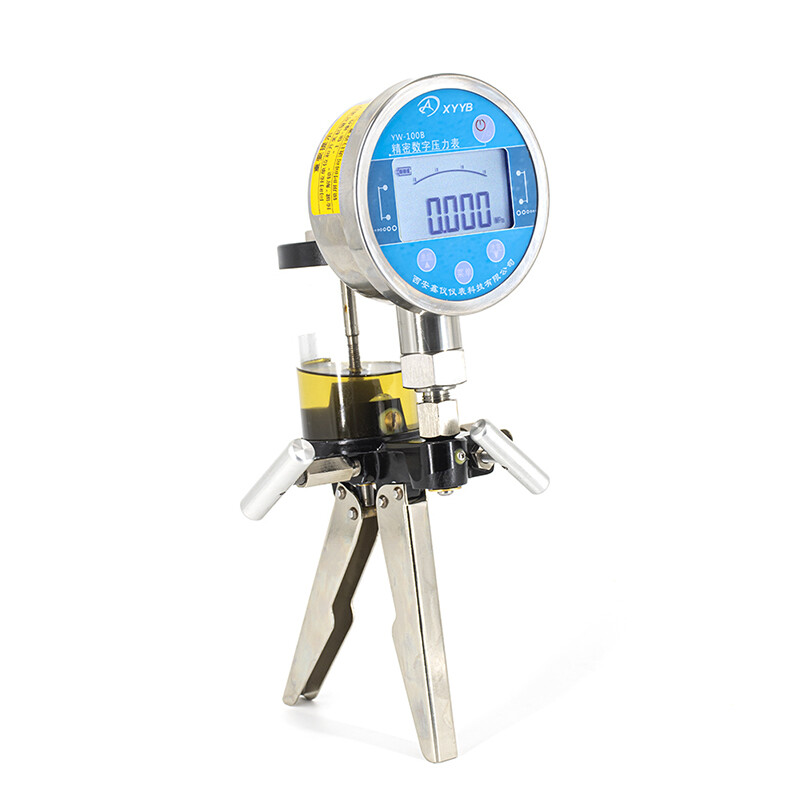The working principle of a 4-20mA temperature transmitter mainly includes the following steps:
1. Sensor measurement: Temperature transmitters typically use platinum resistors (such as Pt100, Pt1000) as temperature sensors. When the temperature changes, the resistance value will also change accordingly. By measuring the change in resistance value, the change in temperature can be determined.
2. Signal conversion: The temperature transmitter converts the measured resistance value into a standard signal output, usually a 4-20mA current signal. In this way, the measured temperature signal can be transmitted to devices such as remote control rooms or data recorders.
3.Compensation: Due to the different temperature coefficients of the resistance elements, the temperature transmitter needs to perform corresponding temperature compensation to ensure the accuracy and stability of the output signal.
Characteristics and advantages of 4-20mA current signal:
Signal stability: 4-20mA current signal is not easily disturbed and suitable for long-distance transmission.
Safe and reliable: 4-20mA signal output is commonly used in industry because this signal output method is safe and reliable, and is not easily affected by interference
Application scenarios of 4-20mA temperature transmitter:
Industrial applications: In industrial processes, temperature transmitters are commonly used to measure the temperature value of the process medium. The sensor senses temperature changes, the transmitter converts the signal into a 4-20mA current signal, and the controller then translates the signal back into a specific temperature value to achieve control of the process terminal control components.
Contact

Chat Online






